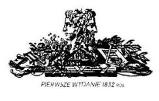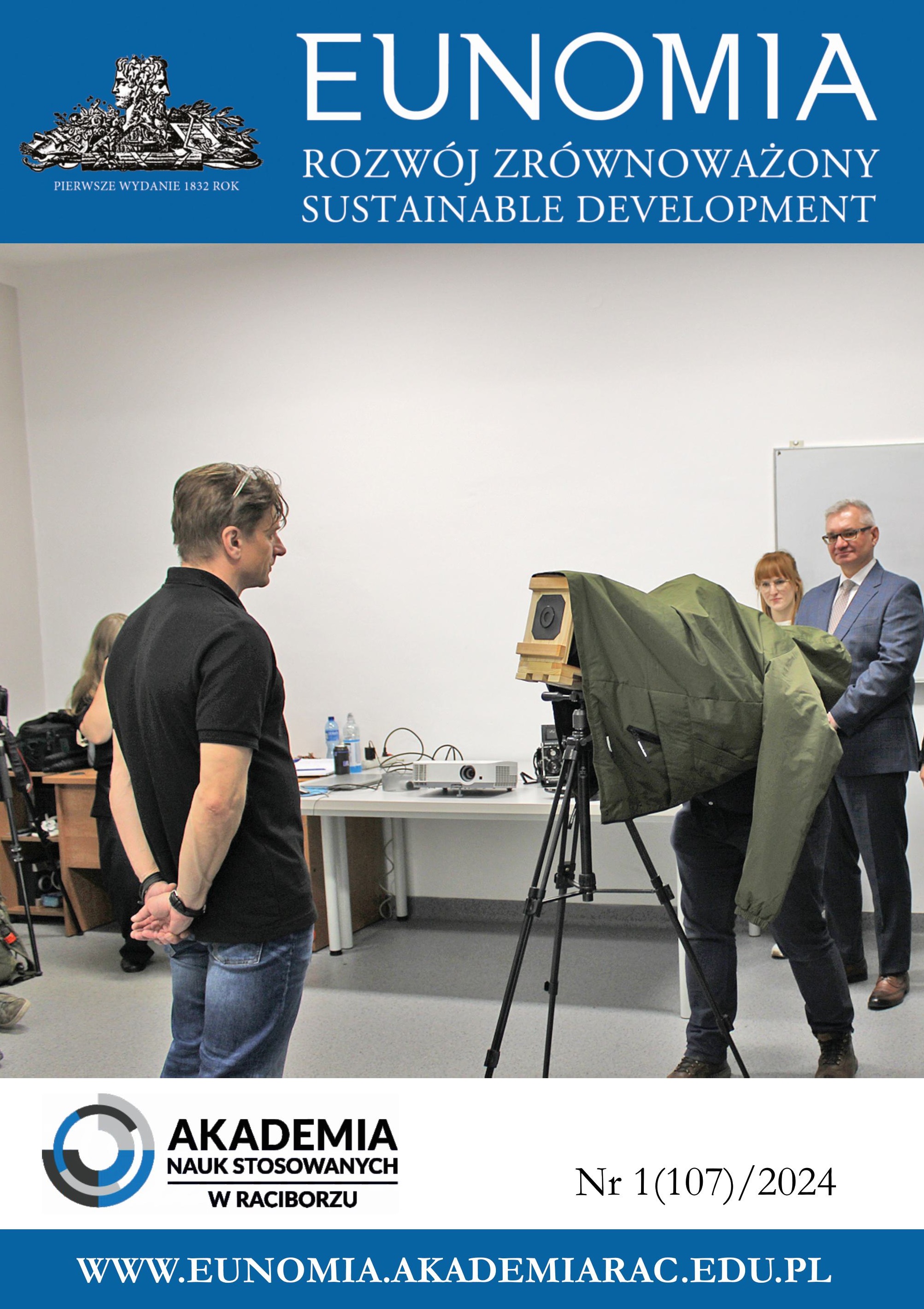BUSINESS COMMUNICATION: CODE-SWITCHING AND LINGUISTIC ASSIMILATION IN LOGISTICS & SUPPLY CHAIN MANAGEMENT (SCM) JARGON
Keywords:
business communication, code-switching, jargon, Business English as a Lingua Franca (BELF), linguistic assimilationAbstract
This paper examines the phenomenon of code-switching between Polish and English in the context of logistics and supply chain management (SCM). It focuses on the use of Business English as a Lingua Franca (BELF) in logistics, highlighting the prevalence and patterns of code-switching to facilitate intercultural communication. The study reveals that English, as the global business lingua franca, incorporates
etymologically foreign terms into Polish professional discourse through various linguistic strategies like borrowing, loan blending, translation, adaptation, and transposition. This integration reflects tactics of foreignization and domestication in language translation. The extent of assimilation varies based on the communication context. The paper emphasizes how the substitution of Polish terms with English expressions aids in bridging linguistic gaps in cross-cultural interactions. It observes that both Polish and English jargon in logistics use metaphorical expressions, neologisms, abbreviations, and borrowings, with Polish professional terminology significantly
influenced by English. The paper concludes that globalization necessitates a common language in business communication, leading to the adoption of English terms in cross-cultural interactions. These terms, integrated to varying degrees, become valid equivalents within Polish professional discourse. The paper suggests that standardized code-switching in specialized languages typically involves terms not native to the local culture, adapted to fit linguistic rules while maintaining flexibility. This leads to the evolution of a distinct linguistic variety in logistics and SCM.
Published
Issue
Section
License
Copyright (c) 2024 University of Applied Sciences in Raciborz

This work is licensed under a Creative Commons Attribution-NonCommercial-NoDerivatives 4.0 International License.


